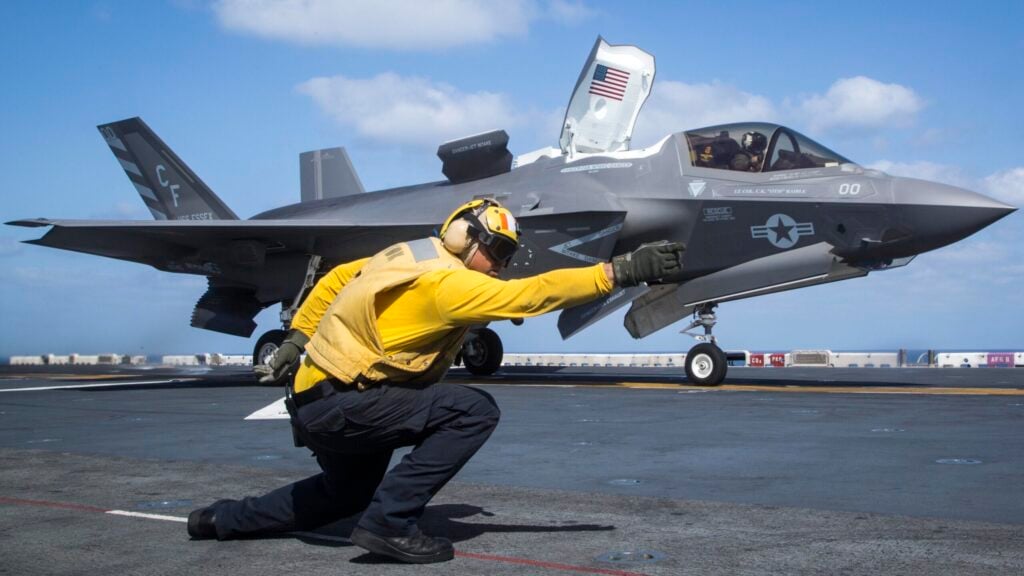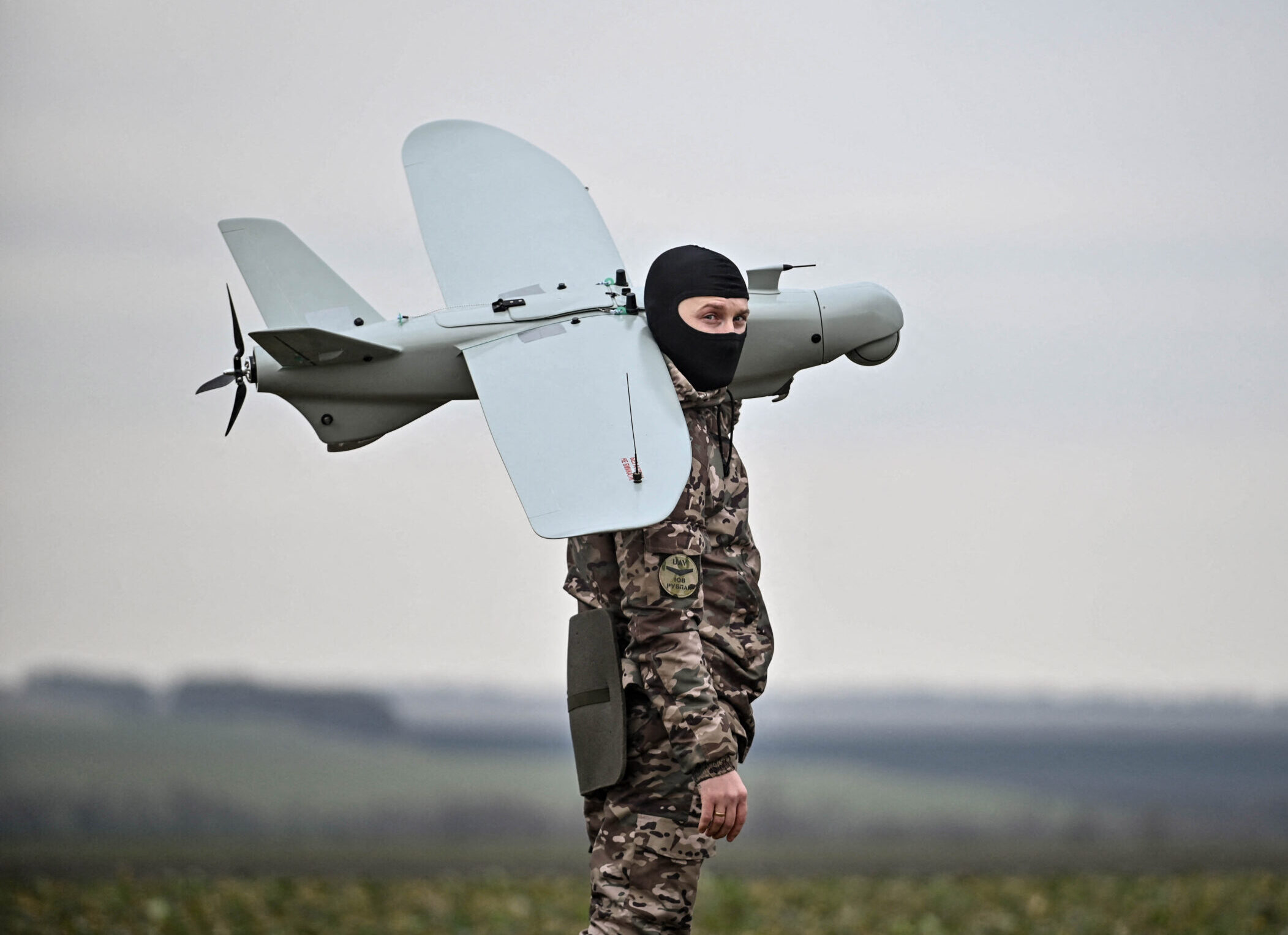U.S. Navy Petty Officer 1st Class Rey White launches an F-35B Lightning II from the Wasp-class amphibious assault ship USS Essex (LHD 2), Sept. 22, 2018. (U.S. Marine Corps photo by Cpl. Francisco J. Diaz Jr./Released)
WASHINGTON — The Pentagon has finally approved the F-35 Joint Strike Fighter for full rate production, five years later than originally anticipated.
Defense Department acquisition chief Bill LaPlante signed off on the so-called “milestone C” decision earlier today, a crucial moment signifying the department’s confidence in the performance of the aircraft and maturity of Lockheed Martin’s production system — though the plane has already been in service in the US and with friendly foreign nations for years.
“This is a major achievement for the F-35 Program,” LaPlante said, according to a Pentagon news release. “This decision — backed by my colleagues in the Department — highlights to the Services, F-35 Cooperative Program Partners, and Foreign Military Sales customers that the F-35 is stable and agile, and that all statutory and regulatory requirements have been appropriately addressed.”
The Milestone C decision followed a March 7 meeting with the Defense Acquisition Board, which considered the findings of the F-35 Combined Initial Operational Test and Evaluation and Live Fire Test and Evaluation Report prepared by the Pentagon’s independent weapons tester, the department said.
While over 990 F-35s already have been delivered, the program has technically been stuck in its initial operational testing phase — and low-rate initial production — for years due to delays in standing up the Joint Simulation Environment, a digital environment that emulates advanced threats that cannot be replicated in live flight tests. Testing in the JSE was a prerequisite for the F-35 to complete IOT&E.
Compared to an original plan outlined in 2012, the program formally entered the operational testing phase over a year late in 2018, and testing in the JSE hit continual delays due to technical issues and pandemic challenges.
A key moment came in September 2023, when the F-35 completed 64 combat trials in the JSE known as “runs-for-score.”
The years of delays did little to impact F-35 sales and production, as Lockheed has been producing upwards of 100 F-35s per year since 2019, the year the F-35 was initially planned to achieve full rate production. The US makes the F-35 with seven international partners and has agreements to sell the planes to another nine. Israeli F-35s already have seen combat in the current Gaza crisis.
Raymond D. O’Toole, the Pentagon’s acting director of operational test and evaluation (DOT&E), said in a statement that his office continues to be concerned about the development of test infrastructure needed for the F-35’s upcoming Block 4 modernization plan, as well as the integration of future JSE capabilities.




















Discussion about this post